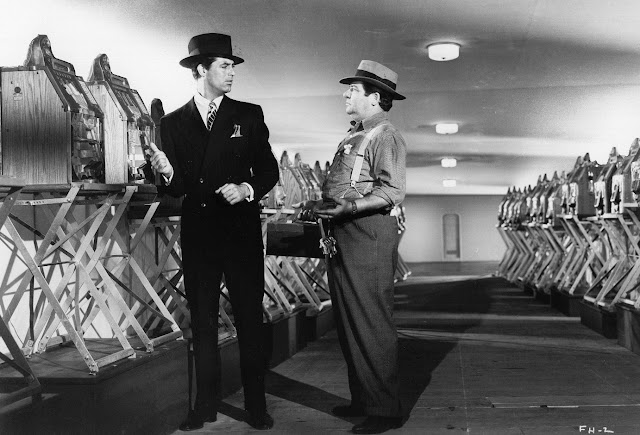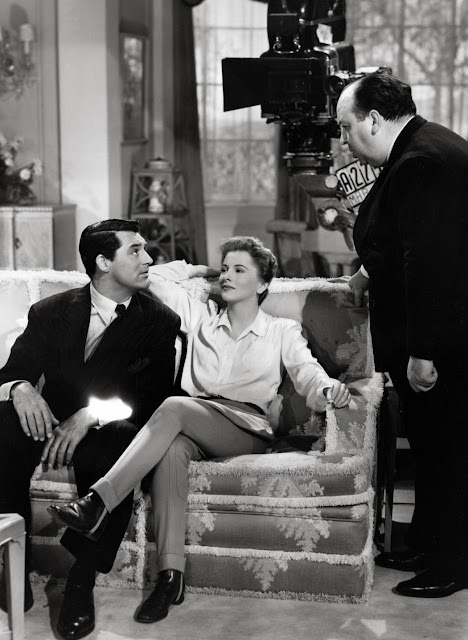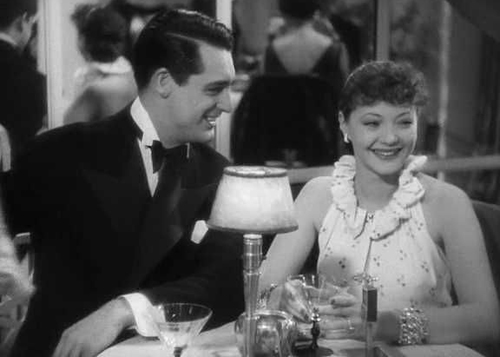Between the widespread adoption of sound, in films, from 1929 to the mid 1930's enforcement of the Motion Picture Production Code (Hays Code), a Pre-Code period existed.
Although the Hays Code was adopted in 1930, it wasn't enforced until July 1st, 1934.
Before that date film content was regulated between the Studio Relations Committee(SRC), local law and popular opinion. Needless to say, much of the guidelines were ignored by film makers in Hollywood.
What was the Hays Code?
A Hollywood board was set up, and led by Will Hays and Joseph Breen with other prominent members of the Catholic community.
It put together a list of guidelines for film production based on "The Don'ts and Be Carefuls", with became known as the Hays Code.
These were to be voluntarily applied as a form of censorship to avoid the setting up of a censorship board by the federal government.
It was formulated in 1929, presented in 1930 and rigidly enforced from 1934. It was in force until 1965, finally replaced by an age-based system, that is still used today.
The Code was divided into two parts:
- General Principles
- Particular Applications
General Principles:
- Prohibited a movie from "lowering the moral standards of those who see it"
- Called for depictions of the correct "standards of life"
- Forbade a movie from showing any sort of ridicule towards the law or "creating sympathy for its violation".
Particular Applications was a list of items which could not be depicted in a movie. Headings on such items included; Crimes against the Law, Sex, Vulgarity, Obscenity, Profanity, Costumes, Dances, Religion, Locations, National Feelings and Repellent Subjects.
Examples of the Hays Code Application:
- The Hays Code required that women, in love scenes, at all time have "at least one foot on the floor".
- People could not be in a horizontal position if they were kissing.
- Betty Boop had to be "cleaned up". Her skirts lengthened to the knee, and necklines of her dress were raised, so as not to cause offence. Winking and shaking hips were deemed to be "suggestive of immorality". The clean up effectively ruined her on-screen career.
- Gone With the Wind producer, David O. Selznick had to convince Hays and Breen, that the line "Frankly, my dear, I don't give a damn" was not prejudicial to public morals, under the profanity guidelines.
Cary Grant Films:
Cary Grant appeared in 15 films during this unenforced period of 1929 to 1934.
They were (with examples of what would have been code infractions, if they had been enforced):
This Is the Night (1932)
Sinners in the Sun (1932)
Merrily We Go to Hell (1932)
The title alone shows that it is pre-code. Also contains infidelity and includes a female as and editor of a newspaper!
Devil and the Deep (1932)
Blonde Venus (1932)
Pre-code contents include women skinny dipping in flesh colored underwear, suggestive dialogue, suggested domestic violence, prostitution, songs including "Hot Voodoo" and "You Little So-and-So", and more including Marlene Dietrich's performance.
Hot Saturday (1932)
Suggestive dialogue, suggested potential rape scene, removal of underwear, view of legs and suggestive grabbing of a females chest.
Madame Butterfly (1932)
She Done Him Wrong (1933)
Portrayal of alcohol and a drunken cop, robbery, murder, counterfeiting, violence, white slavery and Mae West...and a discreetly covered picture.
The Woman Accused (1933)
Murder, decadence, innuendo, suggestive dialogue.
The Eagle and the Hawk (1933)
Violence and combat scenes. Suggestive dialogue.
Gambling Ship (1933)
I'm No Angel (1933)
Suggestive dancing and dialogue. Costumes are provocative, multiple spouses and Mae West again!
Alice in Wonderland (1933)
Thirty Day Princess (1934)
Corruption.
Born to Be Bad (1934)
Suggestive images, single motherhood, child abuse, cheating and infidelity.


















































